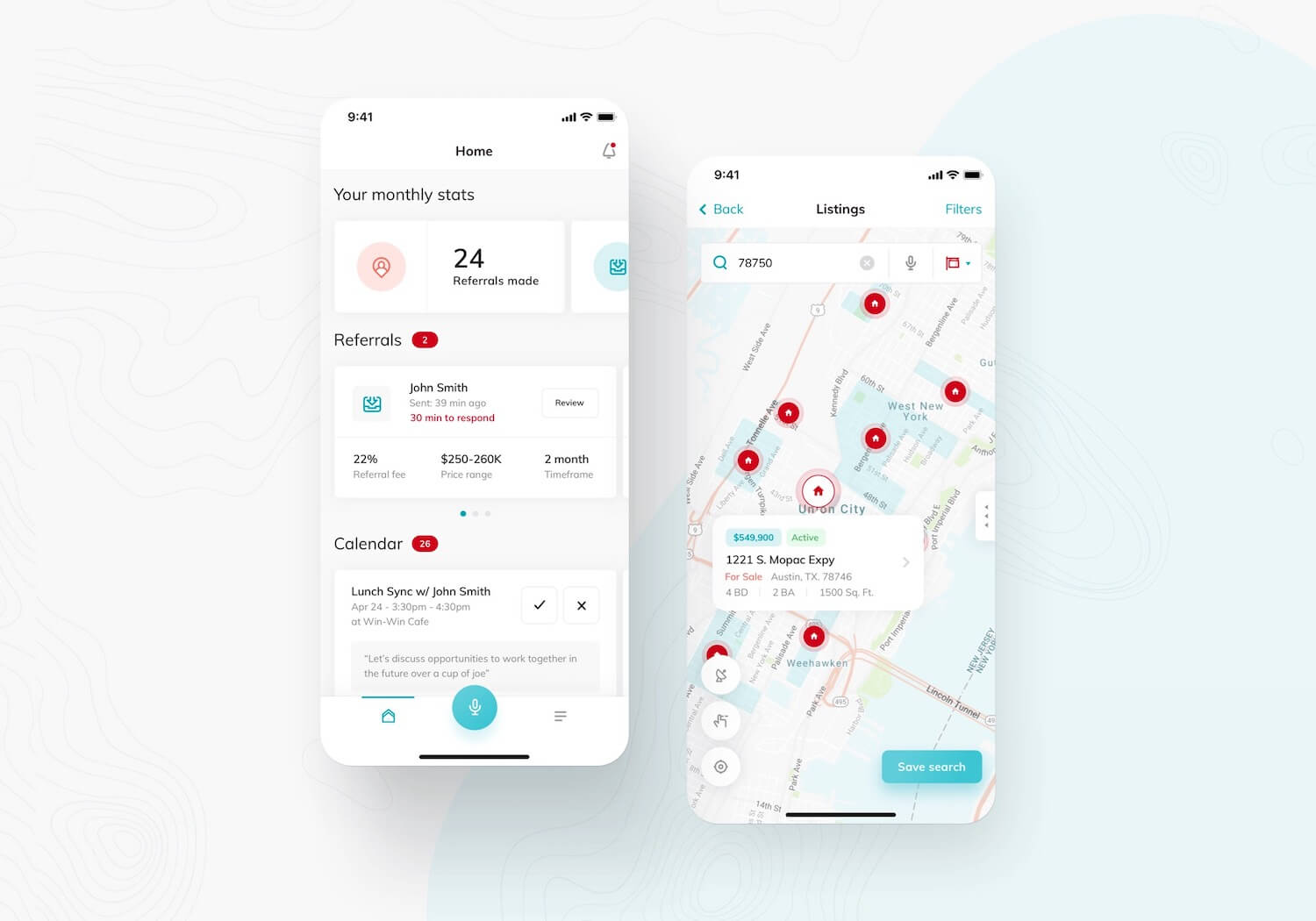


Go beyond building things right: Build the right things
Product squad
On-demand product consulting
Product Manager
Product workshops
Why seek support with product managament?
Achieving product-market fit is no piece of cake. Lean on a team that will validate your product idea, align to market needs, and reduce the risk of failure. We refined products for:
Development and design for a top 10 real estate company in the US
Keller Williams, the world’s largest real estate franchise, wanted to stay ahead of the competition by leveraging their data to boost artificial intelligence-powered technology.
We came together to develop innovative products for its 190,000 agents and brought all of our product management and software expertise to help make these products successful.

App for the world's first mobility fintech expanding across three continents
Moove came together with Netguru to build an all-in-one solution for mobility entrepreneurs across nine African countries. We were tasked with building an MVP from scratch, including product discovery, strategy, design, and development.
Our team provided an Android super-app architecture scalable across multiple geographies, paired with an intuitive and sleek user interface.

Top challenges we solve
Quick and reliable MVP development
For Prospero.AI, a New York fintech, we tackled performance, security, and accessibility issues that were overlooked by the client.
E2E application testing
For Digital Zone, we conducted extensive performance and security testing for a new ticketing platform.
E2E delivery and management
For Keller Williams, we contributed full product management and software expertise to help digitize the business.


Why Netguru?
15+
400+
2500+
73


-2.jpg?width=2400&height=1260&name=Bespoke_Hero_Background%20(1)-2.jpg)
